Mahindra XUV400 vs Tata Nexon EV comparison: price, specifications, design and more
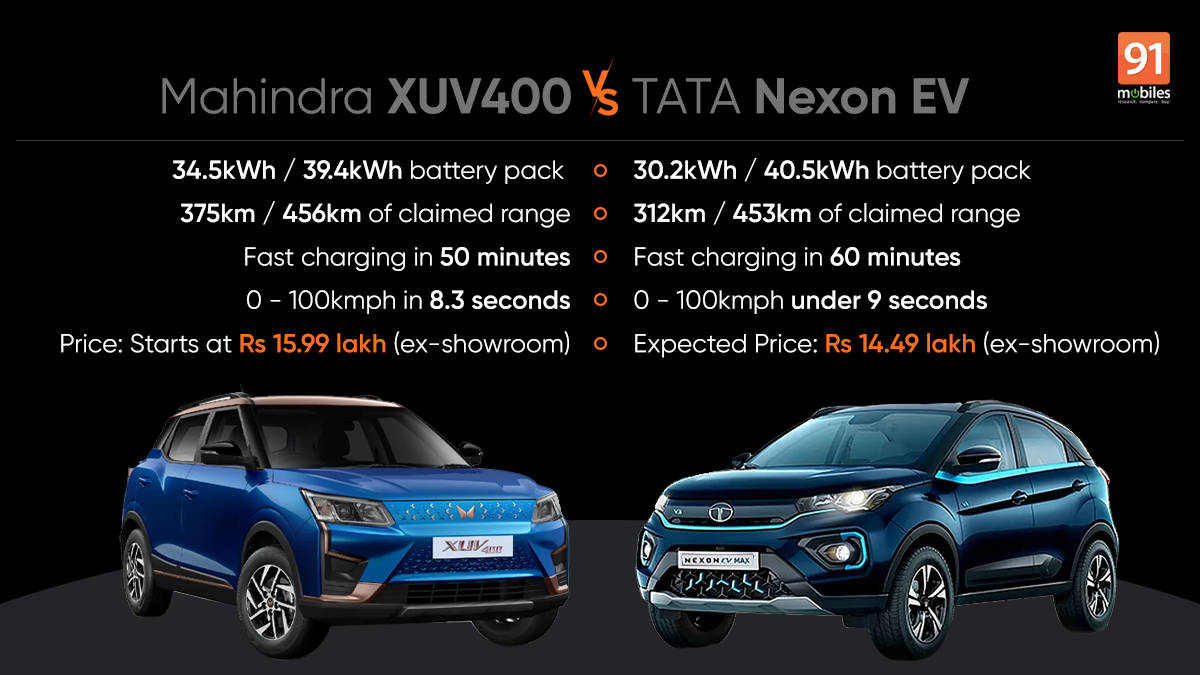
Tata Nexon EV has been a dominant force in India’s passenger EV segment and has occupied the top charts for a substantial amount of time. However, another homegrown brand is set to change the market dynamics. The Mahindra XUV400, which was unveiled last year, has now been launched and is all set to compete with the Tata Nexon EV twins.
Mahindra XUV400 vs Tata Nexon EV price in India
Mahindra has launched the XUV400 in three variants. The base EC variant with the smaller 34.5kWh battery pack and 3.3kW charger starts at Rs 15.99 lakh (ex-showroom). The other two trim levels get the higher capacity 39.4kWh battery pack, with the top-spec variant carrying a price tag of Rs 18.99 lakh (ex-showroom). The vehicle will be available in Arctic Blue, Everest White, Napoli Black, Infinity Blue, and Galaxy Grey colour options. The XUV400 will get three years/unlimited kilometre warranty as standard on the car and will also get an 8-year/1,60,000 kilometre warranty on the motor and the battery. The EV SUV will be available for bookings from January 26th, 2023.
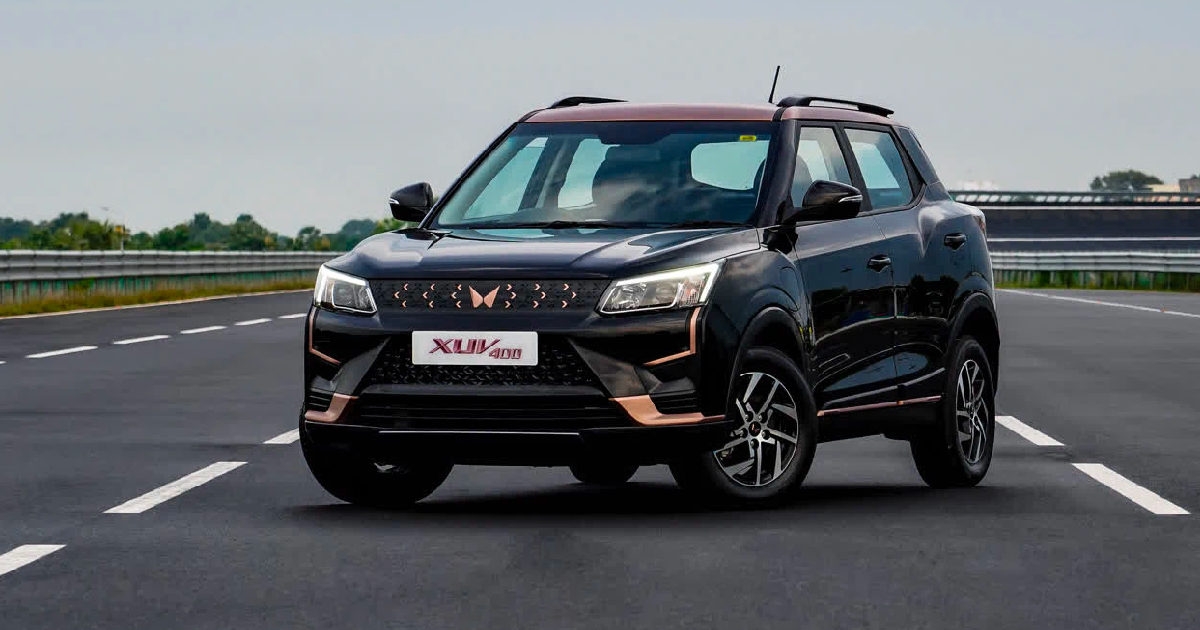
The Nexon EV lineup has just received a price cut, ironically in line with the XUV launch, which pitches it exactly at the new Mahindra XUV400. The Tata Nexon EV Prime with the 30.2kWh battery starts at Rs 14.49 lakh (ex-showroom) and goes all the way up to Rs 16.99 lakh (ex-showroom). The Nexon EV MAX with the larger 40.5kWh battery pack starts at Rs 16.49 lakh (ex-showroom) and goes up to Rs 18.99 lakh (ex-showroom) for the top-spec XZ+ Lux variant. The Nexon EV Prime is available in Signature Blue, Glacier White, Daytona Grey and Starlight while the Nexon EV MAX gets Daytona Grey, Intensi Teal, Pristine White and Starlight colour options. The Nexon EV twins get three years/1,25,000 kilometre warranty as standard on the car and will also get an 8-year/1,60,000 kilometre warranty on the motor and the battery.
Mahindra XUV400 vs Tata Nexon EV: specifications
Battery, Range and Charging
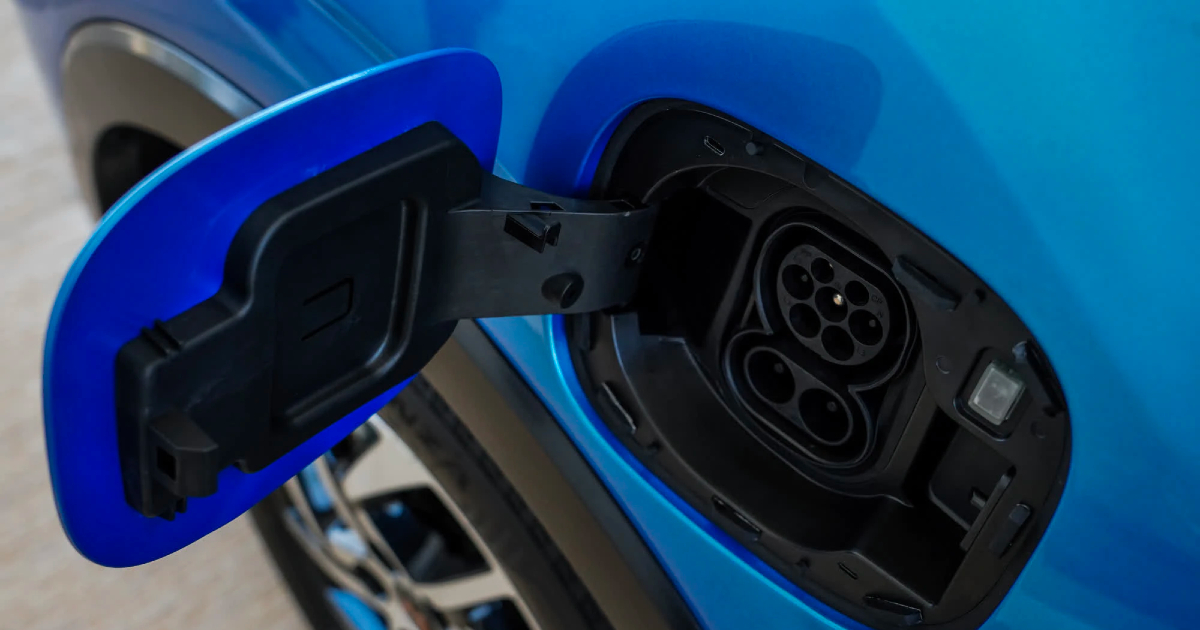
The Mahindra XUV400 gets a 34.5kWh battery pack and a 39.4kWh battery pack which deliver a range of 375km and 456km respectively. The smaller battery pack in the XUV400 only supports 3.3kW charging while the higher capacity battery pack gets the 7.2kW fast charging feature. The faster charging on the bigger battery pack can juice up the EV SUV from zero to 100 percent in 6 hours and 30 minutes. The vehicle can also get charged from zero to 80 percent in just 50 minutes via a DC fast charger (50kW).
The Nexon EV Prime on the other hand gets a 30.2kWh battery pack which is good for 312km of driving range. The Nexon EV MAX gets a larger 40.5kWh battery pack that now posts a 453km range after the recent software update. The Nexon EV Prime can fully charge up via a 3.3kW charger in 10 hours whilst it takes just 60 minutes to charge it up from 10 to 80 percent via a DC fast charger. The Nexon EV MAX with the standard 3.3kW charger fully charges the EV in about 15 to 16 hours but does the same in just 5 to 6 hours via the 7.2kW fast charger. The Nexon EV MAX too supports DC fast charging that takes it from 10 to 80 percent in 56 minutes.
Performance
Mahindra’s XUV400 gets an electric motor that generates a peak power of 150hp and 310Nm of peak torque. This helps it sprint from zero to 100kmph in just 8.3 seconds making it the fastest of the lot. The XUV400 can do an electronically limited top speed of 150kmph.
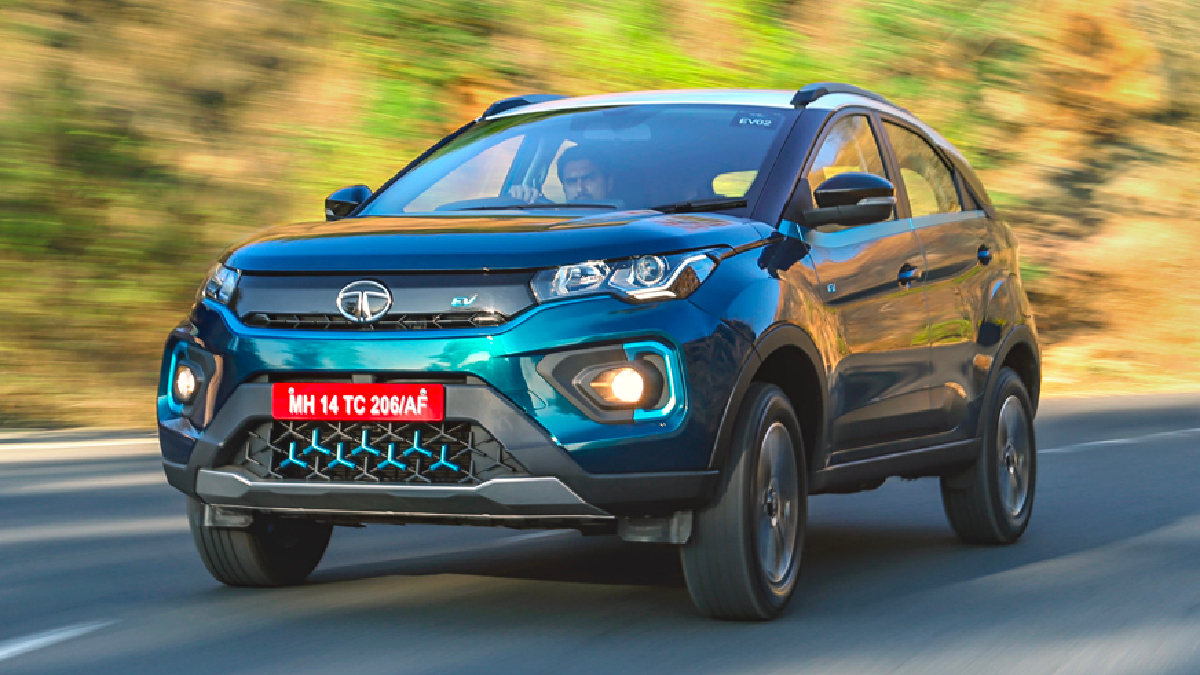
The Nexon EV Prime on the other hand with its 129hp and 245Nm electric motor goes from zero to 100kmph in 9.9 seconds and will further go up to a top speed of 120kmph. The Nexon EV MAX gets a slightly more powerful 143bhp motor that generates 250Nm of torque. This powertrain propels the Nexon EV MAX from a standstill to 100kmph in under 9 seconds. This EV SUV can do a top speed of 140kmph.
Weight and Ground Clearance
The XUV400 measures 4,200mm in length and is longer than the Nexon EV twins by 200mm and comparable to a Hyundai Creta. The vehicle thus has a larger mass and combined with a hefty battery pack tips the scale at 1,578kg. While there is no official word on the vehicle’s ground clearance, it can be expected to be somewhere between 190mm and 205mm.

The Nexon EV twins are the electric counterparts of the Nexon sub-compact SUV which means that the vehicles are just shy of 4,000mm in length. The Nexon EV MAX with its larger battery is heavier by 100kg as compared to the Nexon EV Prime. The Nexon EV twins have 205mm ground clearance.
Safety and features
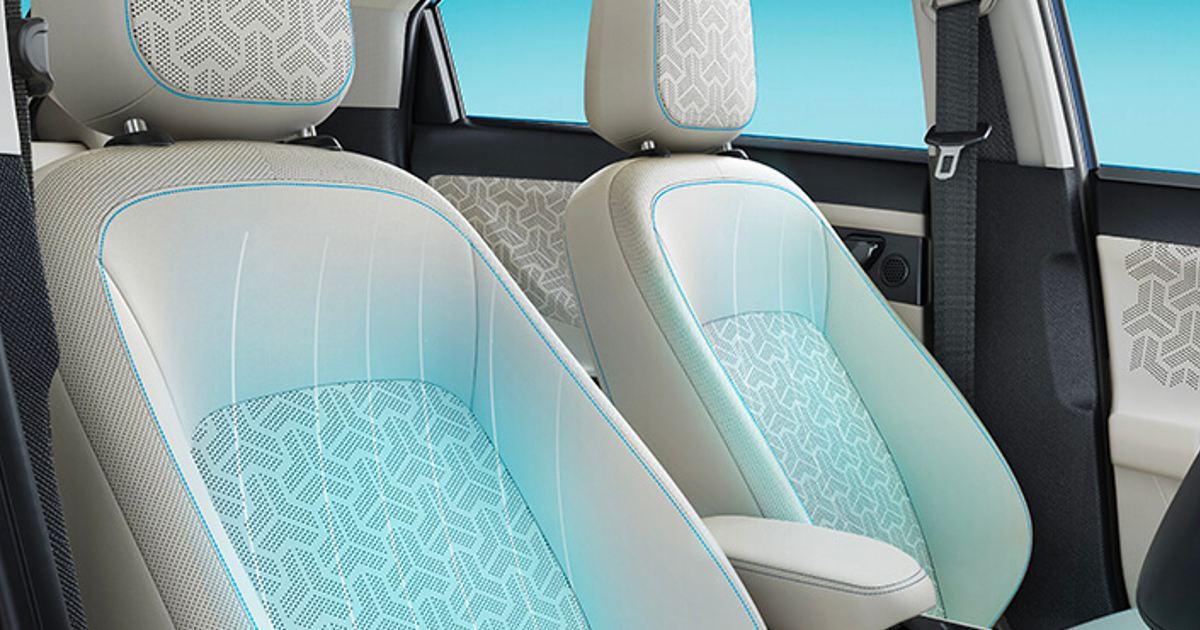
The Mahindra XUV400 is based on a GNCAP 5-star-rated platform and hence provides great peace of mind when it comes to safety. Over and above its structural integrity, the XUV400 comes with six airbags, IP67 certified battery, 4 disc brakes, ABS with EBD, ISOFIX child seat mounts and a rearview camera and sensors. The XUV400 gets other feel-good features such as an electric sunroof, a 7-inch infotainment system with Android Auto and Apple CarPlay, AdrenoX connected car platform, leather seats, cruise control, an electronic shifter, LED lighting, etc.
The new generation of the Nexon EV has not yet been tested, but the previous generation model was awarded 5 stars in the GNCAP tests. The safety suite also includes ESP, Traction Control, rollover mitigation, auto hold function, TPMS, hill ascent and descent control, ABS with EBD, ISOFIX child seat mount, rearview camera and sensors, and two airbags. In terms of features, the Nexon EV MAX is the most kitted out of the two and gets an electric sunroof, a 7-inch infotainment system with Android Auto and Apple CarPlay, leather seats, cruise control, electronic gear selector with display, LED lighting, ventilated seats, multilevel regenerative braking, air purifier, etc.
Mahindra XUV400 vs Tata Nexon EV: conclusion
For buyers who are shopping for an EV with the dimensions of a compact SUV-sized vehicle, the top-end variants of the Mahindra XUV400 make more sense. The added practicality of the larger cabin and greater boot space and overall road presence work in favour of the XUV400.
The Nexon EV twins are still a very strong product and in some cases even more feature rich than the XUV400. Moreover, the Prime range and mid-tier trim levels make more sense given that they are considerably cheaper than the new XUV400.
For all the latest Technology News Click Here
For the latest news and updates, follow us on Google News.
